
Modern research has validated what Ayurveda practiced for millennia: science-backed Indian spices offer remarkable health benefits beyond flavor. These potent kitchen staples contain bioactive compounds clinically shown to reduce inflammation, enhance digestion, and boost immunity.
1. Turmeric – The Golden Anti-Inflammatory
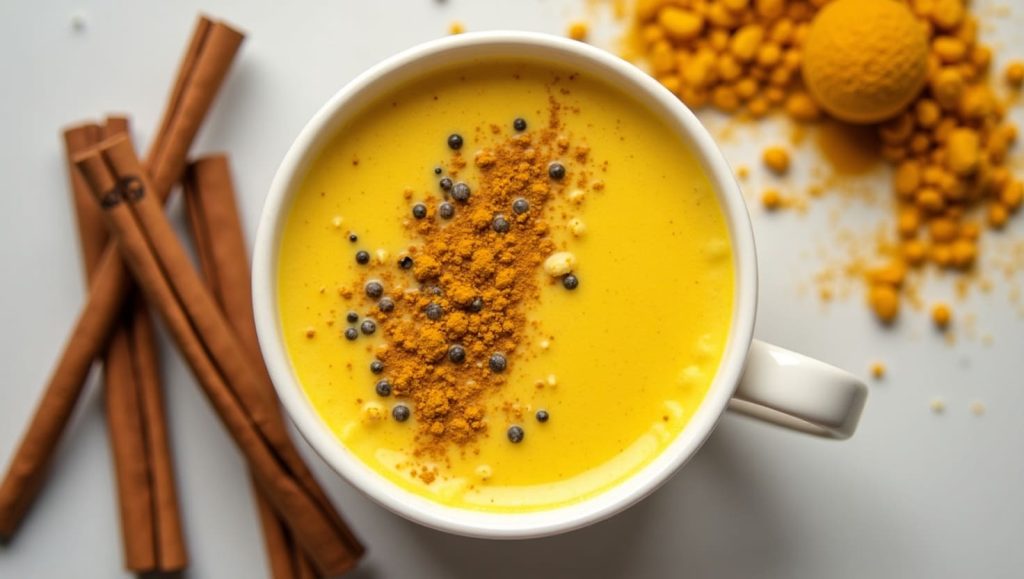
Quick Facts:
- Botanical Name: Curcuma longa
- Active Compound: Curcumin
Turmeric is arguably the crown jewel of Indian spices. It has been used for over 4,000 years in Indian and Southeast Asian cooking and medicine. Its deep golden hue and earthy flavor are unmistakable—but its true power lies in curcumin, the active compound responsible for most of its health effects.
Health Benefits:
- Anti-inflammatory: Numerous studies show curcumin can reduce inflammation markers such as CRP and IL-6. Chronic inflammation is linked to conditions like arthritis, heart disease, and even cancer.
- Antioxidant-rich: Turmeric neutralizes free radicals and boosts the body’s antioxidant enzymes.
- Brain health: Curcumin may increase BDNF (brain-derived neurotrophic factor), a growth hormone linked to brain function.
- Supports joint health: Especially effective in reducing pain and stiffness in osteoarthritis.
How to Use:
- Add to curries, lentils, or scrambled eggs.
- Stir into smoothies with black pepper (which enhances absorption).
- Try “golden milk” – a warm drink with turmeric, milk, cinnamon, and honey.
Science Reference:
2. Ginger – The Digestive Dynamo
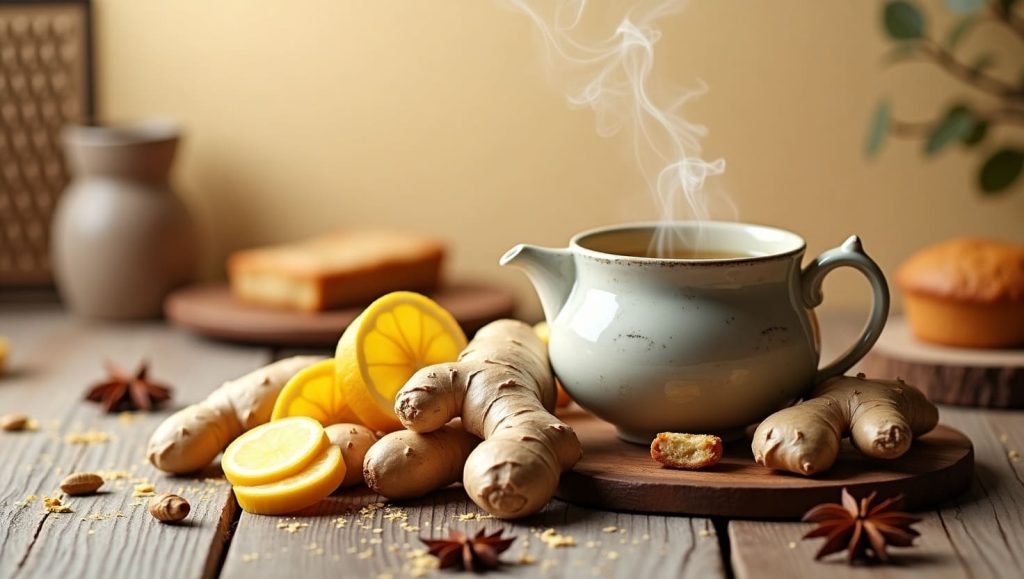
Quick Facts:
- Botanical Name: Zingiber officinale
- Used Part: Rhizome (root)
Spicy, pungent, and warming—ginger has long been used to settle stomachs and enhance immunity. Its bioactive compound, gingerol, offers a wide range of therapeutic effects.
Health Benefits:
- Eases nausea: Effective against motion sickness, morning sickness, and chemotherapy-induced nausea.
- Anti-inflammatory and antioxidant: Helps reduce oxidative stress and inflammation.
- Digestive aid: Stimulates saliva and bile production to support digestion.
- Pain reduction: May reduce menstrual pain and muscle soreness.
How to Use:
- Steep fresh slices in hot water for ginger tea.
- Grate into stir-fries, soups, and stews.
- Add to baked goods like muffins or gingerbread.
Science Reference:
3. Cumin – The Metabolism Booster
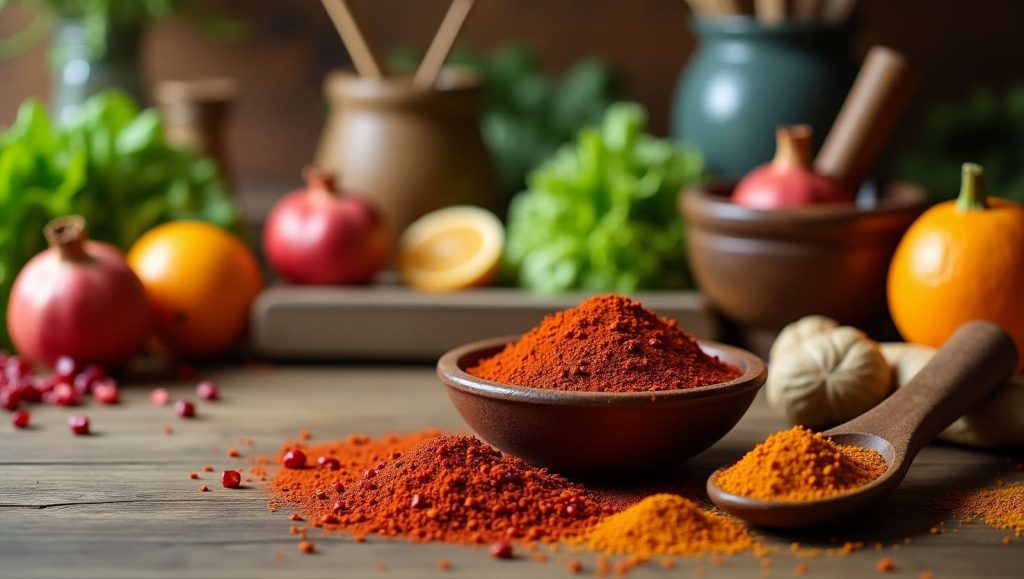
Quick Facts:
- Botanical Name: Cuminum cyminum
- Used Part: Dried seeds
Cumin seeds are a staple in Indian tadka (tempering). With a nutty, peppery flavor, cumin not only adds depth to food but also offers impressive nutritional value.
Health Benefits:
- Aids digestion: Stimulates the release of bile, improving digestion.
- Boosts metabolism: May increase fat burning and improve blood lipid profiles.
- Rich in iron: Just one teaspoon contains almost 20% of your daily iron needs.
- Antimicrobial: Fights harmful bacteria and parasites.
How to Use:
- Dry roast and grind to sprinkle on salads and yogurt.
- Add to stews, lentils, and rice dishes.
- Mix into spice blends like garam masala.
Science Reference:
4. Coriander – The Cooling Detoxifier
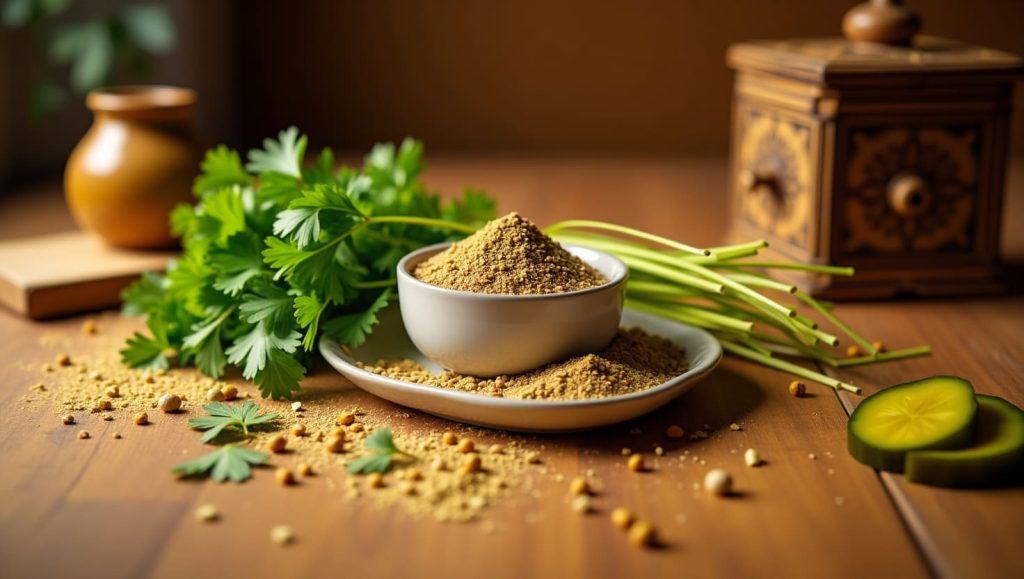
Quick Facts:
- Botanical Name: Coriandrum sativum
- Used Parts: Seeds and fresh leaves (cilantro)
Coriander is versatile—its seeds are citrusy and slightly sweet, while the leaves (known as cilantro) add freshness to any dish. Beyond flavor, coriander supports detoxification and blood sugar regulation.
Health Benefits:
- Blood sugar control: May reduce blood glucose and improve insulin sensitivity.
- Detox properties: Chelates heavy metals and supports liver function.
- Digestive aid: Relieves gas and bloating.
- Antibacterial: Fights foodborne pathogens.
How to Use:
- Add ground coriander to soups and spice rubs.
- Use whole seeds in pickles or tempering.
- Garnish dishes with chopped cilantro.
Science Reference:
5. Fenugreek – The Hormonal Helper
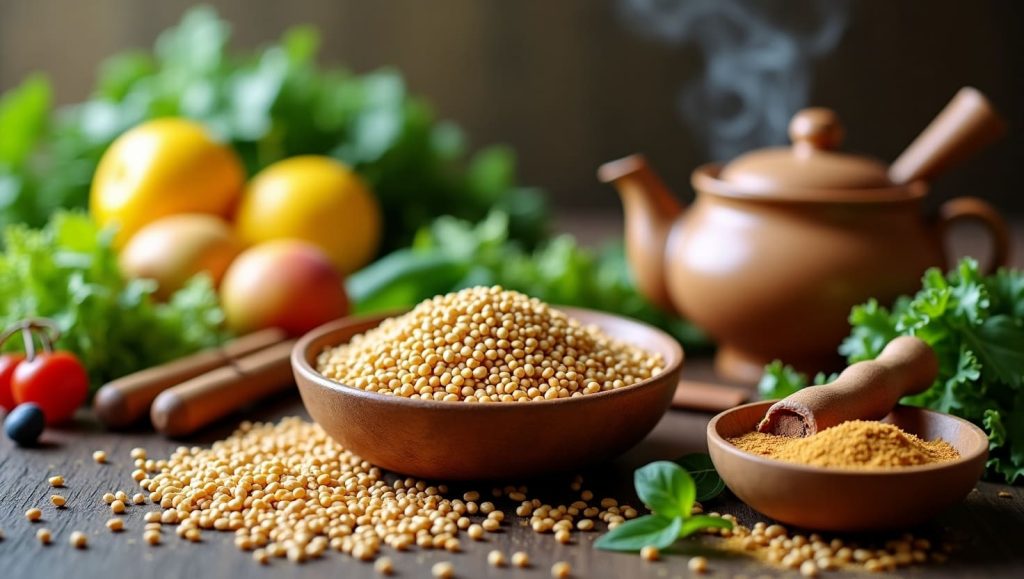
Quick Facts:
- Botanical Name: Trigonella foenum-graecum
- Used Part: Seeds and leaves (fresh or dried)
Fenugreek seeds are bitter yet aromatic, and commonly used in spice blends and breads. They’ve gained attention for their impact on hormonal balance and metabolic health.
Health Benefits:
- Blood sugar control: Helps regulate glucose levels and improves insulin function.
- Lactation aid: Traditionally used to boost milk production in breastfeeding women.
- Testosterone boost: Some evidence suggests it may support testosterone levels in men.
- Appetite control: High fiber content promotes satiety.
How to Use:
- Soak seeds overnight and add to salads or smoothies.
- Include in spice blends or curries.
- Brew fenugreek tea for digestive health.
Science Reference:
Easy Ways to Add These Spices to Your Daily Routine
You don’t need to cook Indian meals every day to get the benefits of these spices. Here are a few global-friendly tips:
- Smoothies: Add turmeric, ginger, or soaked fenugreek seeds.
- Eggs & Omelets: Sprinkle cumin or coriander.
- Soups & Stews: Boost flavor with turmeric, ginger, and cumin.
- Teas & Tonics: Sip ginger tea or golden milk before bed.
Safety Tips & Precautions
While these spices are generally safe, moderation is key:
- Turmeric: Can interact with blood thinners and cause nausea in high doses.
- Fenugreek: May lower blood sugar too much if you’re on diabetes meds.
- Ginger: Large amounts can cause heartburn.
Always consult a healthcare professional if you’re pregnant, nursing, or on medication.
Final Thoughts: Spice Your Way to Better Health
From boosting brain health to improving digestion and balancing hormones, Indian spices offer a natural and flavorful way to support your well-being. Incorporating them into your meals not only transforms the taste but also provides lasting health benefits.
Experiment with these five spices—turmeric, ginger, cumin, coriander, and fenugreek—and explore how the power of traditional Indian wisdom can spice up your health, one meal at a time.
Which spice will you try first? Let us know in the comments below or tag us on Instagram @fitzolife!



